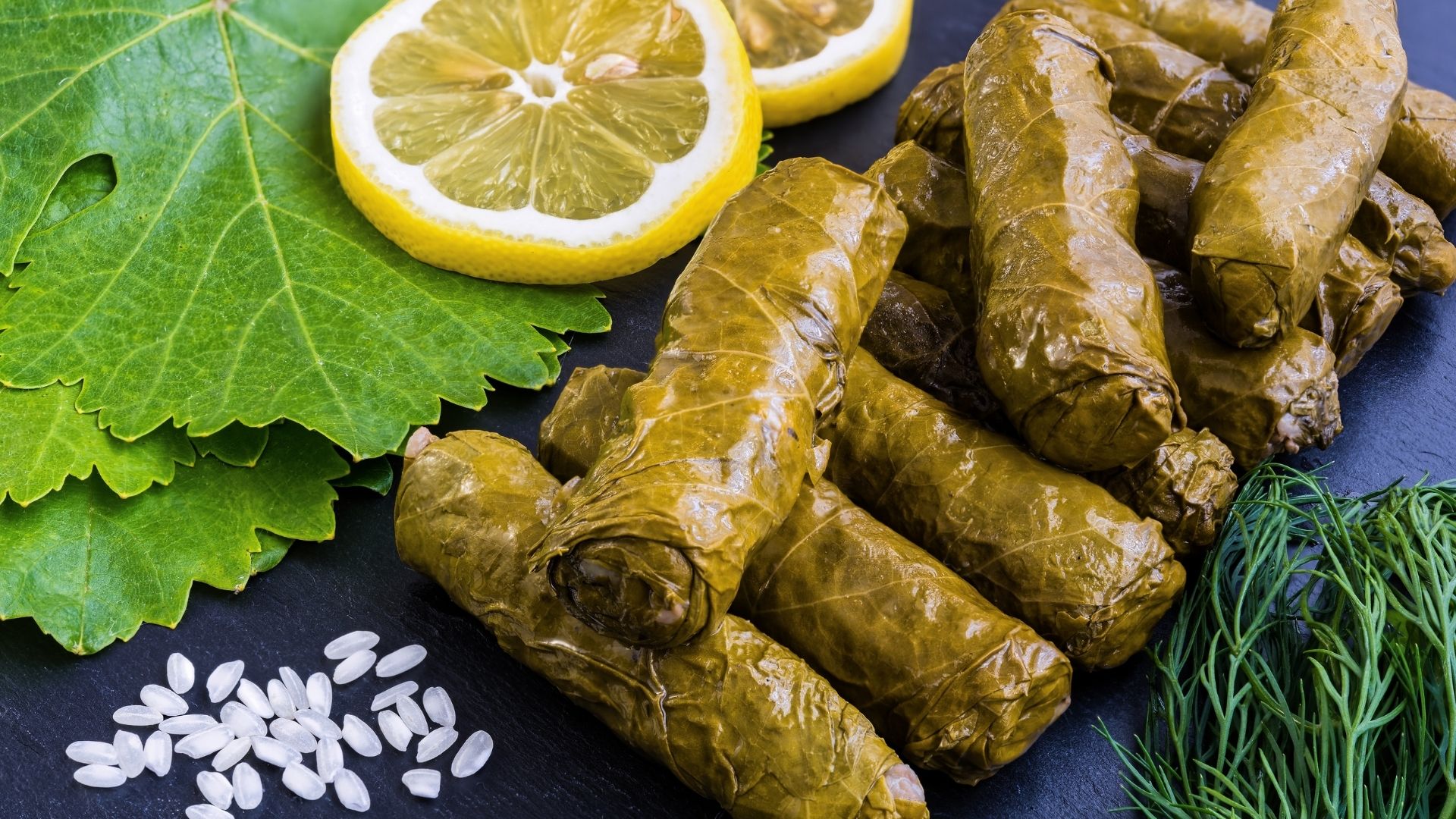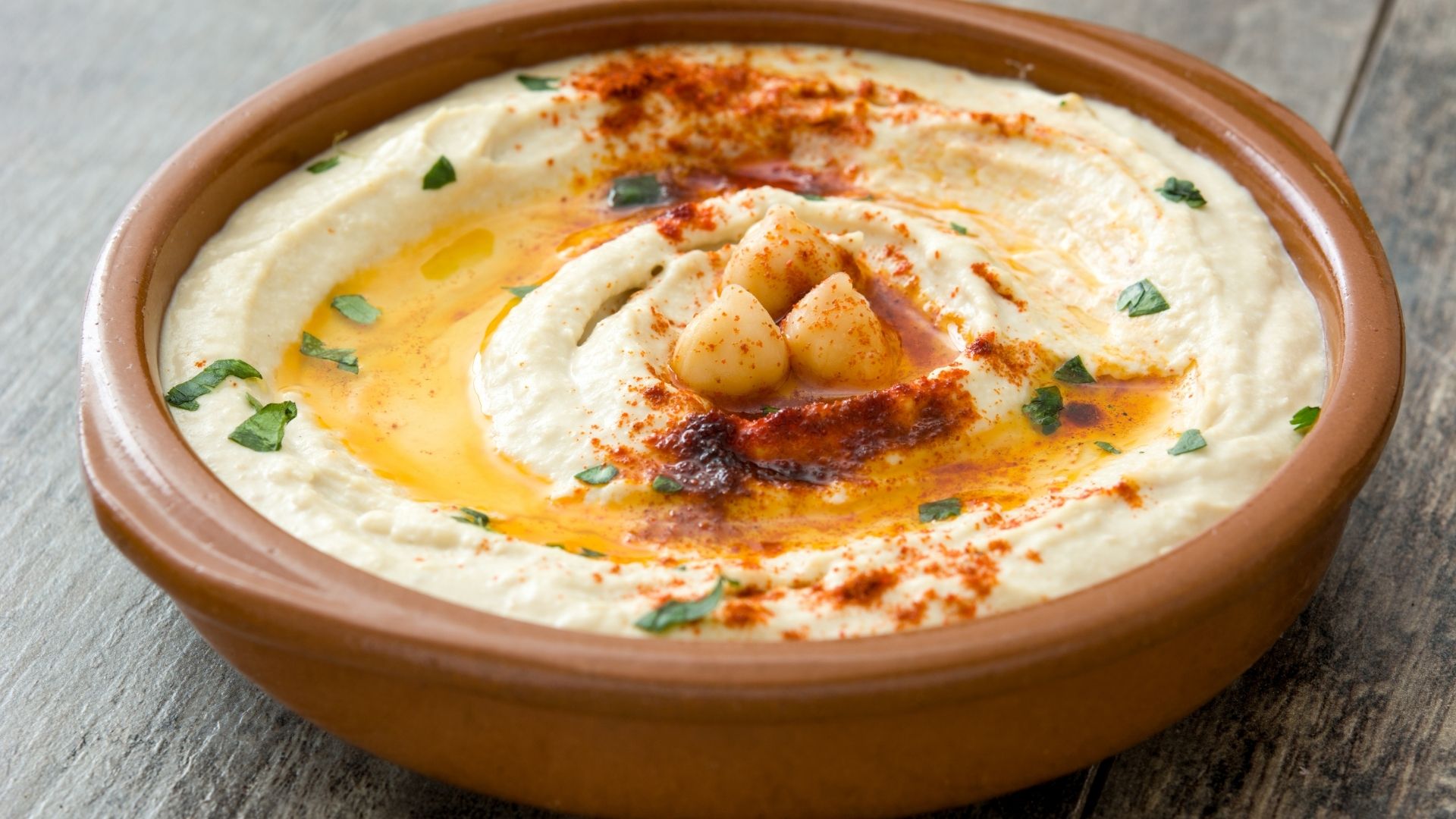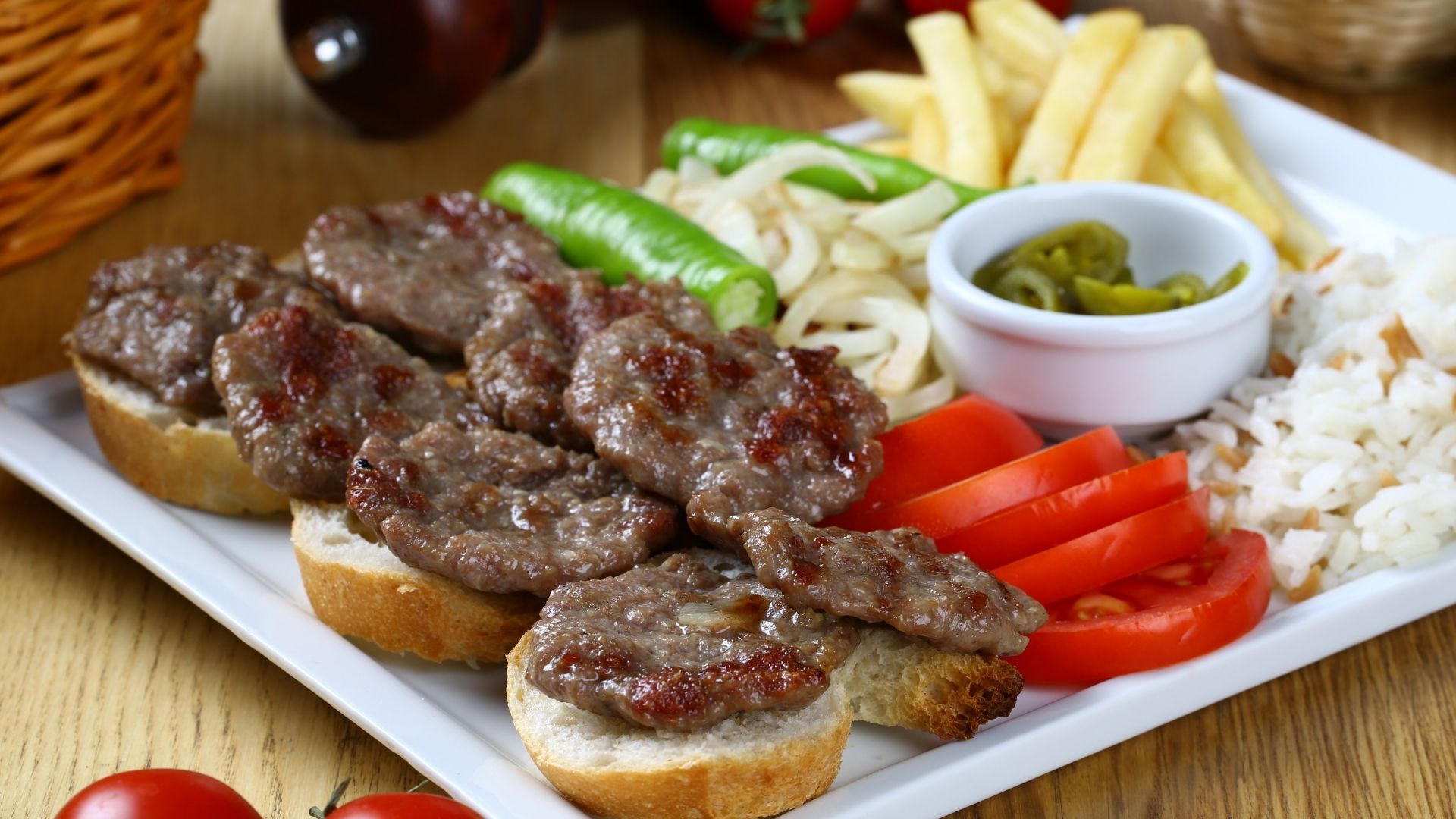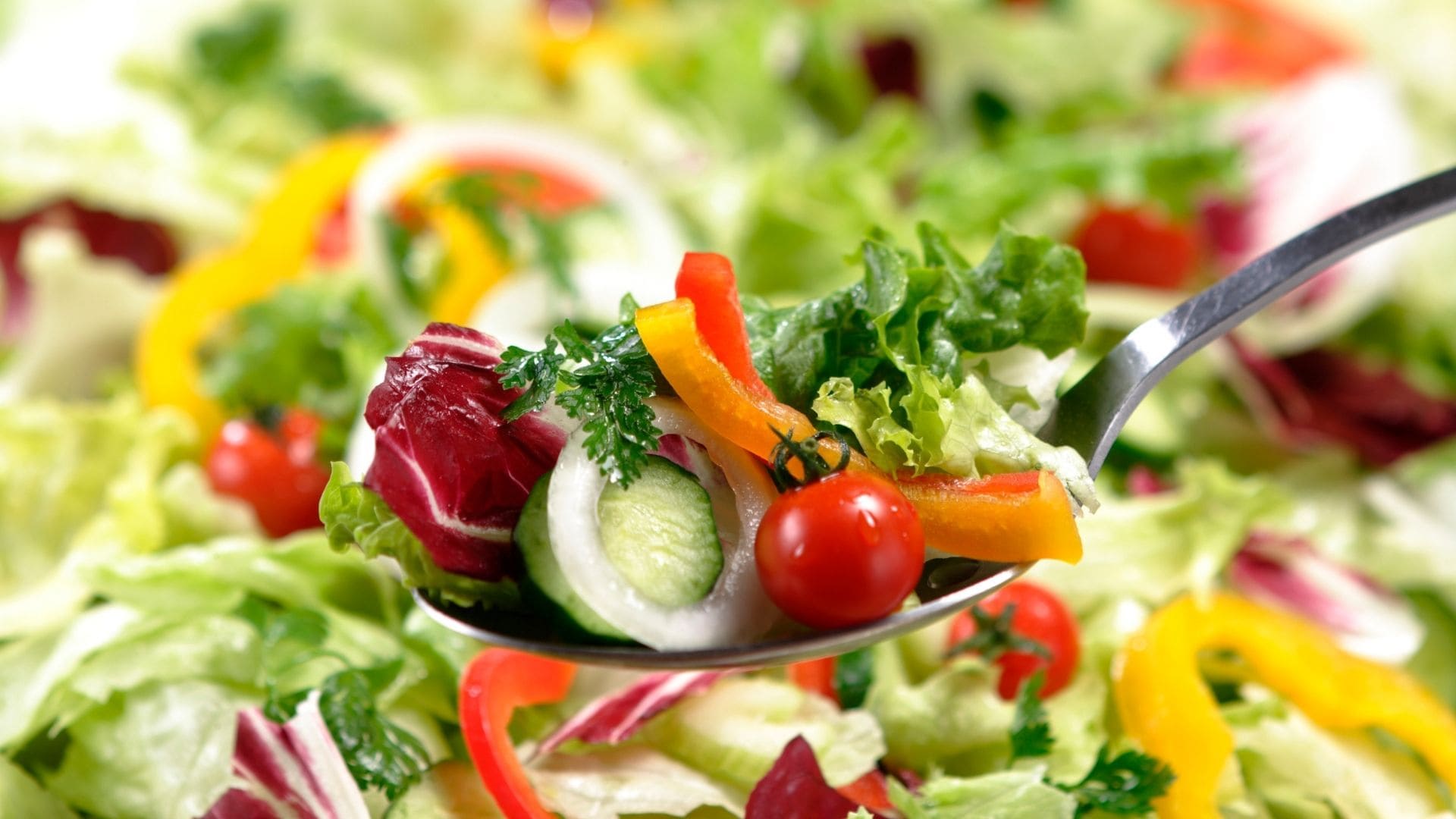Turkish cuisine is a rich and diverse culinary tradition that has been shaped by various influences over centuries. The geographical location of Turkey, at the crossroads of Europe and Asia, has made it a melting pot of cultures and flavors.We will explore the different influences on Turkish cuisine, from the Mediterranean flavors of Greek, Italian, and Lebanese cuisines to the impact of Persian and Arabic culinary traditions. We will also delve into the modern global fusion influences and the effects of historical trade routes on Turkish cuisine.
Blog Contents
ToggleTraces of the Mediterranean in Turkish Cuisine: Greek, Italian, and Lebanese Cuisine
The Mediterranean region, known for its healthy and flavorful cuisine, has had a significant impact on Turkish culinary traditions. The proximity and shared history of Turkey with Greece, Italy, and Lebanon have led to a culinary exchange that has enriched Turkish cuisine.
Greek Influence
Greek cuisine shares many similarities with Turkish cuisine, with both cultures utilizing fresh vegetables, olive oil, and a variety of herbs and spices. Dishes like dolma (stuffed grape leaves) and baklava are popular in both cuisines, showcasing the shared culinary heritage. The Greek dish tzatziki, a yogurt-based dip with cucumber and garlic, is akin to the Turkish cacık, which is often served as a refreshing accompaniment to meals.
At Mama Fatma Restaurant in Toronto, Ontario, Canada, you can find a delightful blend of Greek and Turkish flavors. Their version of dolma, stuffed with rice, pine nuts, and herbs, is a perfect example of this culinary fusion, offering a taste that is both familiar and unique.

Italian Influence
Italian cuisine has also left its mark on Turkish food, particularly in the use of pasta and tomato-based sauces. Turkish manti, small dumplings filled with spiced meat and served with a garlic yogurt sauce, are reminiscent of Italian tortellini. Both cuisines also celebrate the use of fresh ingredients and simple yet robust flavors.
Mama Fatma Restaurant offers a unique take on manti, featuring hand-made dumplings with a rich tomato sauce and a hint of garlic yogurt, combining Italian and Turkish culinary traditions in a harmonious dish.
Lebanese Influence
Lebanese cuisine, with its emphasis on fresh vegetables, grains, and lean meats, has influenced Turkish cuisine significantly. Dishes like hummus, tabbouleh, and kibbeh are popular in both countries. The use of spices such as cumin, coriander, and sumac in Lebanese cuisine has also found its way into Turkish dishes.
At Mama Fatma Restaurant, you can savor the flavors of Lebanon in their hummus, which is made with the finest chickpeas and tahini, drizzled with olive oil, and served with warm, freshly baked pita bread.

The Effect of Persian and Arabic Cuisine on Turkish Cuisine
The influence of Persian and Arabic cuisines on Turkish food is profound, with many dishes and cooking techniques being shared and adapted over the centuries. These influences are evident in the use of spices, preparation methods, and the types of dishes commonly found in Turkish cuisine.
Persian Influence
Persian cuisine, known for its fragrant rice dishes and use of fruits and nuts, has significantly impacted Turkish cuisine. Dishes like pilaf (rice pilaf) and kebabs are central to both culinary traditions. The Persian love for combining sweet and savory flavors is also evident in Turkish dishes such as pilaf with dried fruits and nuts.
Mama Fatma Restaurant’s rice pilaf with raisins and almonds is a testament to Persian influence, offering a sweet and savory combination that delights the palate.
Arabic Influence
Arabic cuisine has contributed to the rich tapestry of Turkish food, particularly in the use of spices and the preparation of meats. Spices such as cinnamon, cardamom, and allspice are commonly used in Turkish dishes, reflecting Arabic culinary traditions. Dishes like shawarma and kofta are enjoyed in both cultures, with slight variations in preparation and seasoning.
At Mama Fatma Restaurant, the kofta kebabs are a popular choice, seasoned with a blend of spices that highlight the Arabic influence, offering a flavorful and aromatic dining experience.

Global Influences in Turkish Cuisine: Modern Global Fusion
In recent years, Turkish cuisine has embraced global influences, resulting in a modern fusion that incorporates elements from various culinary traditions around the world. This global fusion has led to the creation of innovative dishes that combine traditional Turkish ingredients with modern cooking techniques and international flavors.
Modern Interpretations
Chefs in Turkey and around the world are experimenting with Turkish ingredients to create new and exciting dishes. For example, fusion dishes like sushi rolls with Turkish flavors, such as smoked salmon with dill and yogurt, or pizzas topped with Turkish sausage (sucuk) and feta cheese, are becoming increasingly popular.
Mama Fatma Restaurant offers a unique fusion dish that combines traditional Turkish pide (a type of flatbread) with modern toppings like avocado and smoked salmon, creating a delightful blend of old and new.
International Influence
The global exchange of culinary ideas has also introduced new ingredients and cooking methods to Turkish cuisine. For instance, the use of quinoa and chia seeds in salads and desserts is a recent trend in Turkey, reflecting a broader acceptance of international superfoods.
At Mama Fatma Restaurant, you can find a modern twist on traditional Turkish salads, incorporating quinoa and avocado, showcasing the global influence on Turkish cuisine while maintaining its authentic flavors.

Effects of Historical Trade Routes on Turkish Cuisine
The historical trade routes, particularly the Silk Road, played a crucial role in shaping Turkish cuisine. These routes facilitated the exchange of spices, ingredients, and culinary techniques between the East and West, enriching the culinary traditions of the regions they connected.
The Silk Road
The Silk Road, which connected China to the Mediterranean, passed through Anatolia, the heartland of Turkey. This trade route brought an array of spices, such as cinnamon, cloves, and black pepper, to Turkish kitchens. It also introduced new ingredients like rice, which became a staple in Turkish cuisine.
Influence of Spices
Spices such as saffron, sumac, and turmeric, which were traded along the Silk Road, have become integral to Turkish cooking. These spices add depth and complexity to dishes, making Turkish cuisine one of the most flavorful and aromatic in the world.
Mama Fatma Restaurant’s use of spices in dishes like lamb tagine with saffron and cinnamon reflects the historical influence of the Silk Road, offering a taste of the rich culinary heritage shaped by these ancient trade routes.


